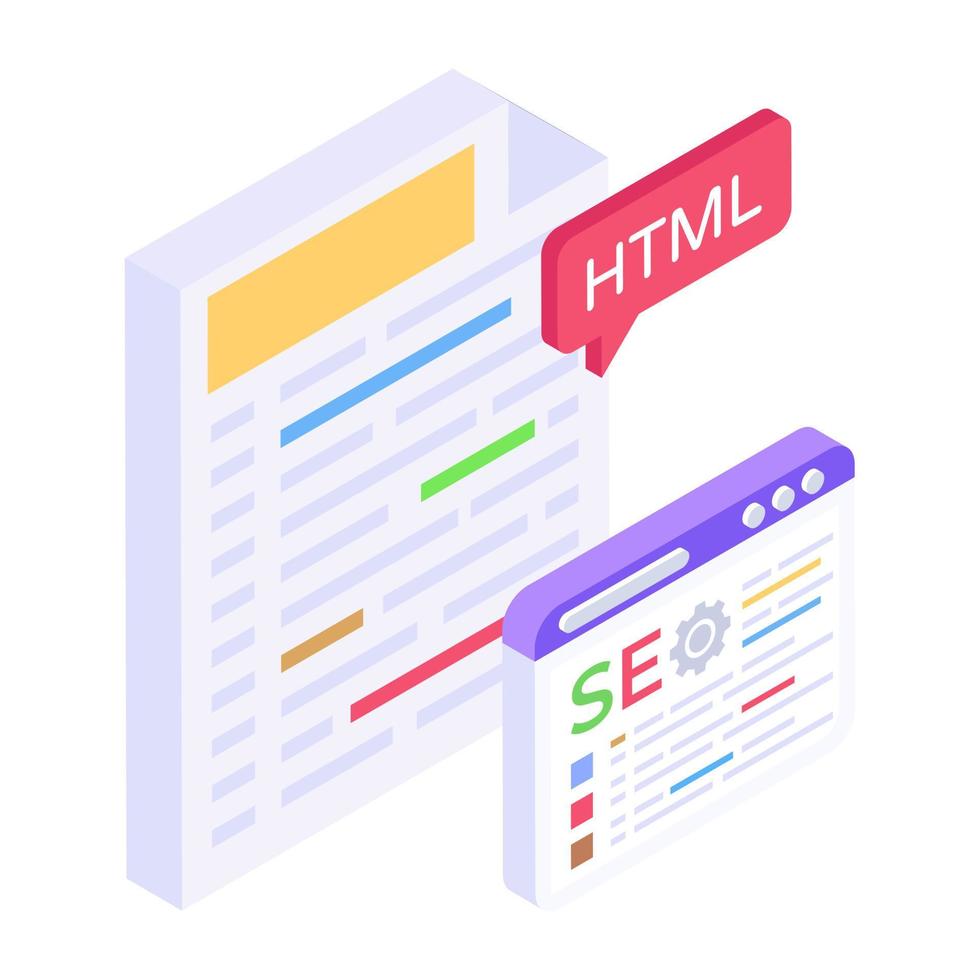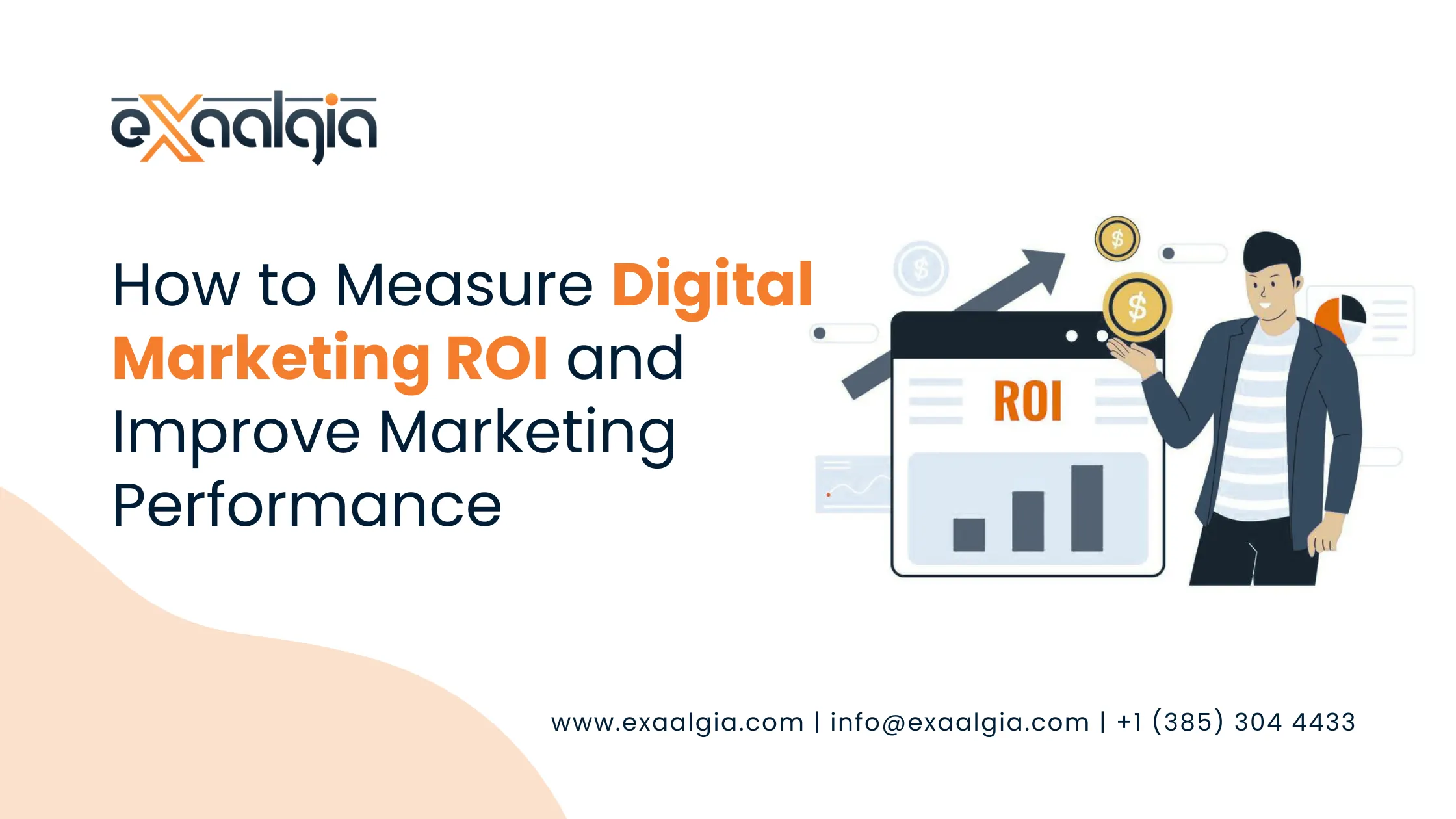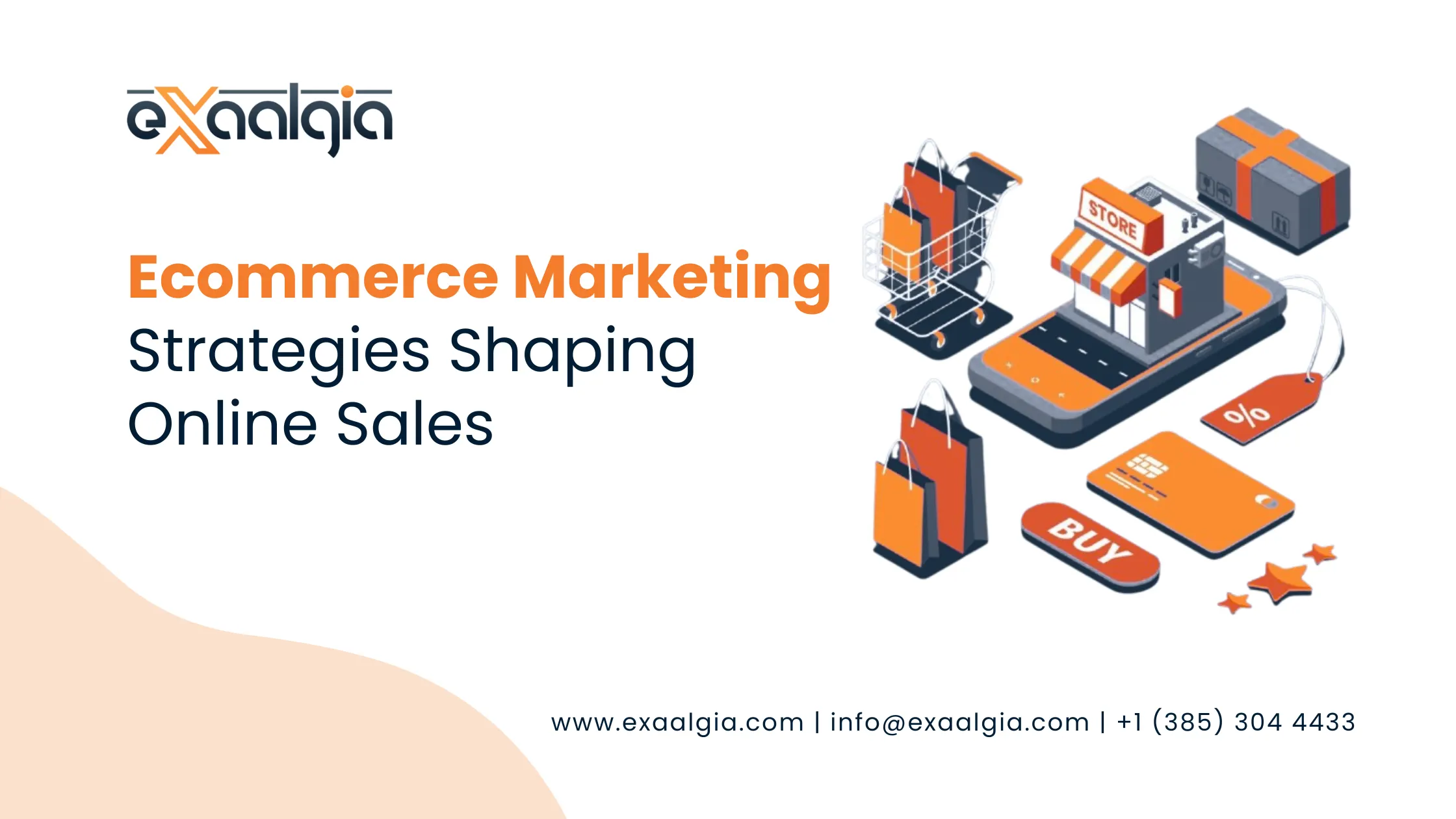These small pieces of code may not be right for the users, but they are one of the best forms of communicating with the search engines. The HTML tags help the crawler to know what your content means, the organisation and how it should look in the search results. Put simply, they will bring your site closer to the Google algorithm.
This guide is going to take you on a deep dive of the most significant HTML tags in SEO, why you need to think about these tags and provide before and after examples as well as best practices to help you feel confident that you are deriving the maximum possible benefit out of your website code.
Why HTML Tags are Important to SEO
Consider HTML tags like labels that sort and emphasise textural relevancies in your web document. The crawlers of search engines cannot see the same way people see it. They use these tags in order to:
- Learn why you are writing what you are writing.
- Find out what is the most important in your content.
- Choose what should appear on your page on the search lines.
- Ensure a better user experience by making your site accessible and organized.
Optimized HTML tags are more like the core of the entire content; without them, even the most captivating text will hardly rank or come up with clicks.
Title Tag (<title>) – The Strongest On-Page SEO Signal
The title tag is the single most important HTML tag for SEO. It appears as the clickable blue headline in search results and sets the first impression for users and search engines alike.
Why It Matters
- Direct ranking factor in Google’s algorithm.
- Has a huge impact on click-through rate (CTR).
- Summarizes what your page is about.
Best Practices for Title Tags
- Keep it under 60 characters.
- Include your primary keyword at the beginning.
- Make it unique for every page.
- Write it like an ad headline to attract clicks.
Before (Bad Example):
<title>Home</title>
Why it’s bad: Too generic, no keywords, doesn’t communicate value.
After (Optimized Example):
<title>Shopify SEO Guide | Best SEO Practices for Your Store</title>
Why it works: Keyword-focused, descriptive, and compelling.
Meta Description (<meta name=”description”>) – Boost CTR with Better Snippets
The meta description isn’t a ranking factor, but it strongly influences CTR, which indirectly helps SEO. It appears under the title tag in SERPs.
Best Practices
- Keep it under 156 characters.
- Use keywords naturally.
- Write in a way that persuades readers to click.
Before (Bad Example):
<meta name=”description” content=”This is a page about SEO.”>
After (Optimized Example):
<meta name=”description” content=”Discover the top HTML tags that enhance SEO performance, improve rankings, and boost clicks. A complete 2025 SEO guide.”>
Header Tags (<h1>, <h2>, <h3>) – Organize Content for SEO and UX
Headers help structure your content for readability and SEO relevance. They signal to search engines what your main and subtopics are.
Best Practices
- Use only one H1 per page.
- Use H2s for primary sections and H3s for sub-sections.
- Naturally integrate keywords into headers.
Before (Bad Example):
<h1>SEO</h1>
<h1>Meta Tags</h1>
Why it’s bad: Multiple H1s confuse search engines.
After (Optimized Example):
<h1>HTML Tags That Enhance SEO Performance</h1>
<h2>Why HTML Tags Matter</h2>
<h3>Benefits of Proper Tag Usage</h3>
Alt Text for Images (<img alt=””>) – Critical for Image SEO
Alt text describes your images for both search engines and visually impaired users. Since Google can’t “see” images, alt text ensures they’re properly indexed.
Best Practices
- Be descriptive and specific.
- Use keywords only if relevant.
- Avoid stuffing or generic alt text.
Before (Bad Example):
<img src=”seo1.jpg” alt=”image”>
After (Optimized Example):
<img src=”seo-tags.jpg” alt=”Infographic showing important HTML tags for SEO”>
Canonical Tag (<link rel=”canonical”>) – Fix Duplicate Content Issues
If your site has duplicate or near-duplicate content (common in e-commerce), canonical tags help consolidate authority to the preferred page.
Before (Problematic Scenario):
- https://example.com/shoes
- https://example.com/shoes?color=red
Both versions compete with each other.
After (Optimized with Canonical):
<link rel=”canonical” href=”https://example.com/shoes”>
Meta Robots Tag (<meta name=”robots”>) – Control Crawling & Indexing
Robots tags tell search engines what to do with a page.
- index, follow – Default.
- noindex, follow – Don’t index the page, but follow links.
- noindex, nofollow – Ignore the page completely.
Before (Bad Example):
<meta name=”robots” content=”noindex, nofollow”>
Used accidentally on an important page → removes it from search results.
After (Optimized Example):
<meta name=”robots” content=”index, follow”>
Schema Markup – Powering Rich Snippets
Schema markup helps Google understand the context of your page. It can generate rich snippets like stars, FAQs, recipes, and events.
Before (Without Schema):
A review page that just shows text.
After (With Schema Markup):
<script type=”application/ld+json”>
{
“@context”: “https://schema.org”,
“@type”: “Product”,
“name”: “SEO Audit Tool”,
“aggregateRating”: {
“@type”: “AggregateRating”,
“ratingValue”: “4.8”,
“reviewCount”: “215”
}
}
</script>
Now, your page may show star ratings in Google results.
Open Graph & Twitter Card Tags – Social Sharing Boost
While not direct SEO factors, OG and Twitter tags improve how content looks when shared on social media, which drives traffic.
Before (Bad Example):
When shared, the link shows just the URL.
After (Optimized Example):
<meta property=”og:title” content=”HTML Tags That Enhance SEO Performance”>
<meta property=”og:description” content=”A detailed SEO guide to using HTML tags for better rankings.”>
<meta property=”og:image” content=”https://example.com/images/html-seo.png”>
<meta name=”twitter:card” content=”summary_large_image”>
Anchor Tags (<a href=””>) – Linking Smarter
Anchor tags connect your content internally and externally. Optimized anchor text tells Google what the linked page is about.
Before (Bad Example):
<a href=”https://example.com/page”>Click here</a>
After (Optimized Example):
<a href=”https://example.com/seo-checklist”>SEO Checklist for 2025</a>
Strong & Emphasis (<strong>, <em>) – Highlighting Importance
While subtle, these tags tell search engines that certain words are more important.
Before (Bad Example):
<p>SEO tags are important.</p>
After (Optimized Example):
<p>Using <strong>HTML tags</strong> correctly can <em>boost your SEO performance</em>.</p>
HTML5 Semantic Tags – Cleaner Structure
Semantic tags like these <article>, <section>, <nav>, <footer> help crawlers understand the role of each content block.
Before (Bad Example):
<div>About Us</div>
<div>Contact Information</div>
After (Optimized Example):
<article>
<h2>About Our SEO Services</h2>
</article>
<footer>
<p>Contact us for expert SEO solutions.</p>
</footer>
HTML Tag SEO Checklist
- Unique title and meta description on every page.
- Use one H1 + structured H2s/H3s.
- Add descriptive alt text to images.
- Implement canonical tags to prevent duplicates.
- Add schema markup for rich snippets.
- Use keyword-rich anchor text.
- Organize content with semantic HTML5 tags.
Making HTML Work for You
All HTML tags seem to be minor stuff in the code of your site, but the combination of all of them builds a powerful SEO base. These signals help search engines interpret, rank and show your content.
Making the most out of SEO, hopefully, you will not only create content and generate backlinks but also optimize the HTML. The reward is increased visibility, improved ranking and organic traffic.
We specialise in SEO Services USA at Exaalgia, and our service is a blend of technical optimization in concert with intelligent SEO thinking. Regardless of whether you own an e-commerce store or a service based site, our digital marketing will help to make your organization obtain the highest ROI on any SEO related initiative.
Wish to optimize your site with professionally driven SEO tactics? Contact Exaalgia now!
FAQs on HTML Tags for SEO
What are the most important HTML tags for SEO?
Title tags, meta descriptions, H1 headers, alt text, canonical tags, and schema markup.
Can HTML tags alone improve rankings?
Not alone. Tags work best when combined with high-quality content, backlinks, and good UX.
How many H1 tags should a page have?
Just one. Subheadings should use H2 and H3 tags.
Do Open Graph tags affect SEO?
Not directly, but they improve social sharing, which can increase traffic.
Should every image have alt text?
Yes, especially important images. Decorative images can use empty alt attributes (alt=””).







